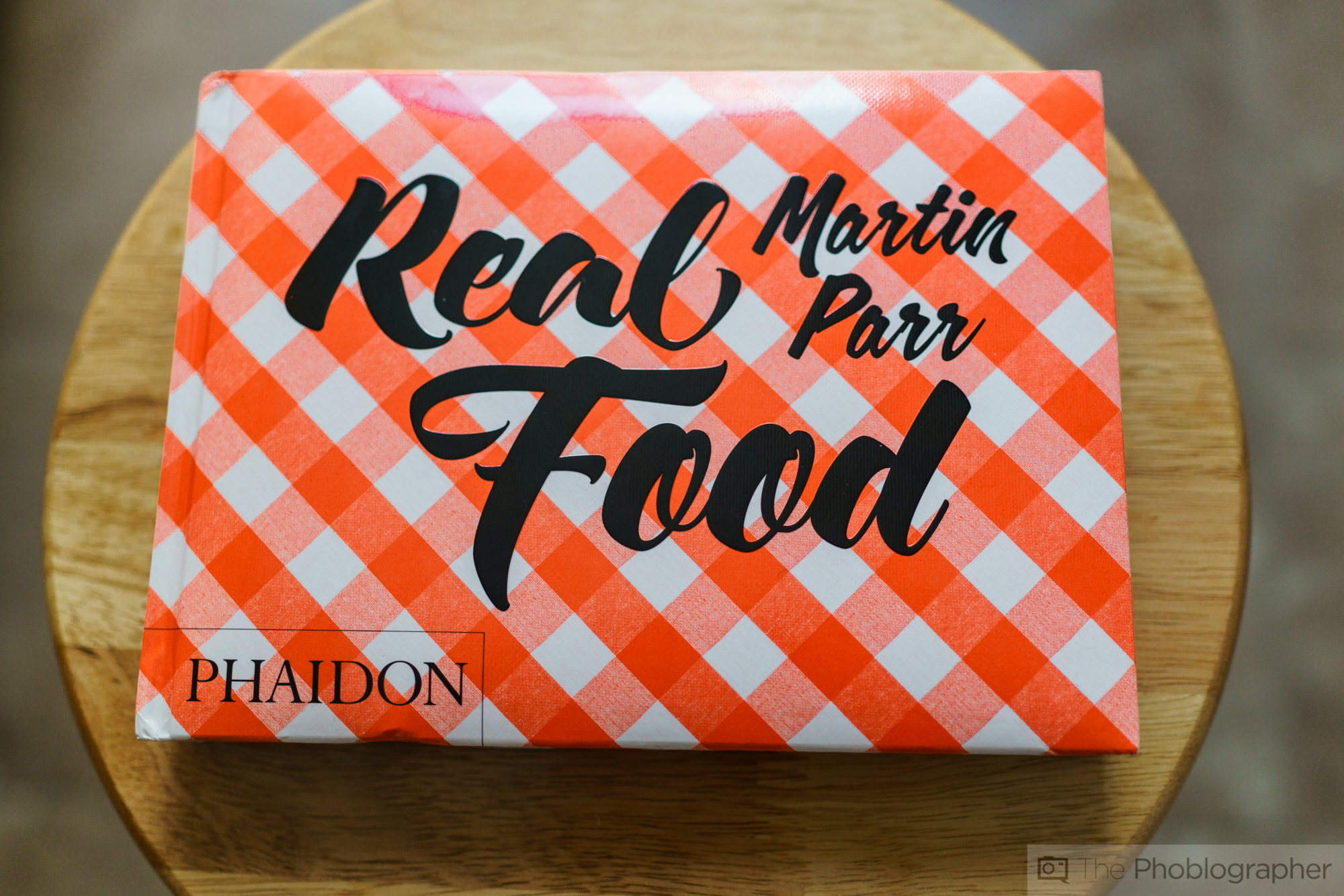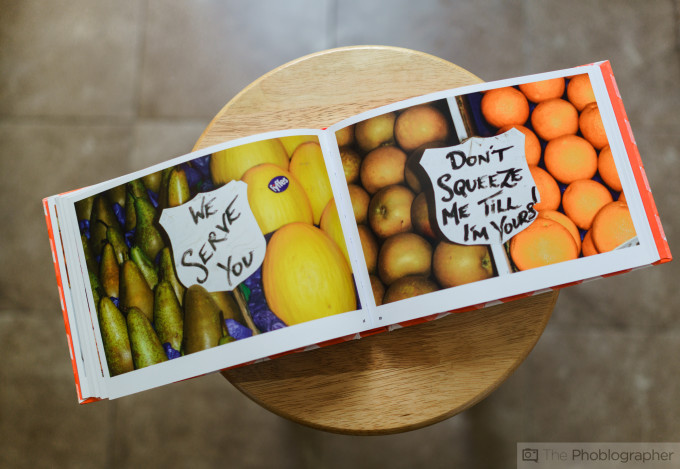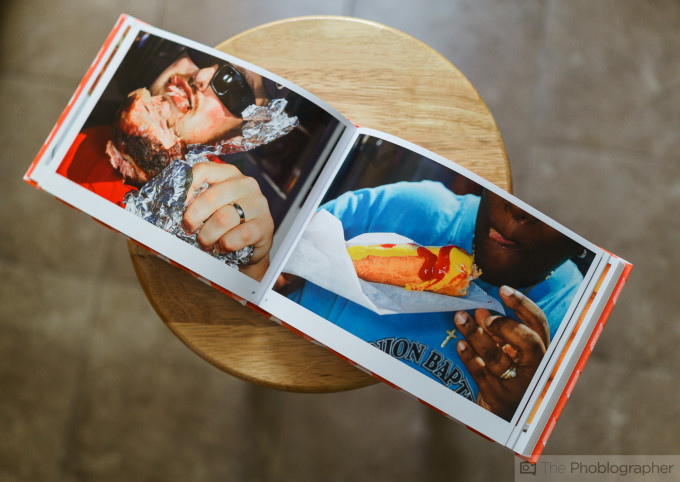Last Updated on 04/19/2016 by Chris Gampat
Browse through most photo communities and what you’ll find are gorgeous images of food. Indeed, much of the trends around modern food photography involve lots of set design. What that’s resulted in is the sad truth that your big Mac from McDonalds will never look like the one in the ads you see (and that you’re eating McDonalds at all…)
That’s what Magnum photographer Martin Parr wanted to show: the fact that most of us we don’t all dine in picturesque settings and gorgeous window light–or even with the cleanest dishes! Martin’s “Real Food” is a slap in the face to the prim and proper food photos that appeal to your inner fat kid and instead uses flash in a way to make things look very real. But this technique is used in a much less Terry Richardson manner and more akin with the same thought processes as Amy Lombard–though neither are in the same field as Martin Parr.
The preface, which was done by Fergus Henderson, explains Parr’s point of view and explains the whole idea of what he coins “Prada food” and “sausage erotica.”
I wish I could make that up…
After the preface, you get right into the book: which seeks to showcase, well, real food. It takes away the glam and beauty of the American Hipster culture to bring you into more of a situation that can really be described as an episode of an Anthony Bourdain show but in still image form. In fact, I’m positive that Bourdain would be thrilled with this book as it brings us back to our roots of what it’s like for most of us that aren’t so well off economically. In some ways it reminds me of growing up. My parents were both immigrants from a third world country in South America and knew nothing about visual aesthetics when they came to Queens. They didn’t care about the way that food looked, they cared about the taste. My mother never cared that chicken curry looked dirty water or that our tablecloths were all flowery with a plastic covering on top because we couldn’t afford to get them too dirty. She cared about tastes, and so did many like her. Martin’s images highlight this fact and are just him trying to tell you something along the lines of “Shut up and stop with your stupid, pretty, hipster bullshit. It’s not reality.”
And it works incredibly well.
The images are all well composed and shot landscape style to lend themselves to the book’s odd shape as they try to ensure that the food is right in your face. This method is synonymous with what the more refined food photographers do, Using this method, Parr substitutes long exposures and simulated window lighting for full frontal direct flash that brings out the details that we’d otherwise miss in food. He even manages to make Brie look ugly–something that would be considered blasphemy to anyone that loves the beautiful snack.
Think of it this way: find one of the cheapest and run down bodegas in NYC (especially in the less affluent neighborhoods) and take a look at what they’ve got in the window. I’m not talking about Chinatown; go to Flatbush, East New York, Richmond Hill, Jamaica, Woodstock, etc. The menus displayed in the windows will show photos that are probably faded, cheaply printed, and the food looks very basic at best. This book has that type of work and looks to take it further by getting it right up in your face.
Martin even gets people involved in the images–with one of the more striking ones being a man chowing down on a massive piece of meat. But that’s what’s awesome about it: it’s authentic.
Depending on how you take the images, you’ll either love or hate this book; but there is absolutely no in-between. If you’re the type that tends to be more high brow, then you’ll skew more towards hating this book. But if you’re more open to ideas and artistic interpretation, then you’ll love this book. It’s quite a divergence from the more typical food images but the only thing that could have made this book any better would have been the addition of recipes for what was being cooked and photographed. It would still be a photography book and a rather fine coffee table book, but it would also be an even bigger slap in the face to the typical norms of our industry.
Martin Parr Real Food is an eye-opening and excellent commentary on the world of food photography and makes a lot of sense. Any time that I interview a food photographer, something that I always ask is what they think the future of food photography would be. Lots of them don’t know; but I’d be amazed if Parr’s work doesn’t at least start to make the trends shift a tad given the way that economic trends may shift.
I really, really recommend it to every photographer with an open mind and for every food photographer out there.
Martin Parr Real Food is available on Amazon right now.





